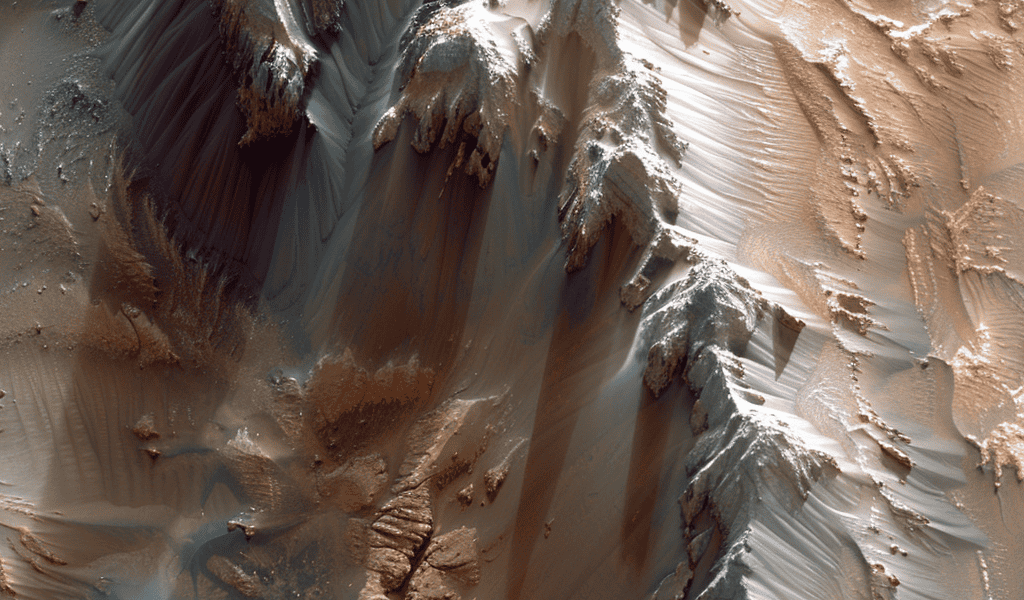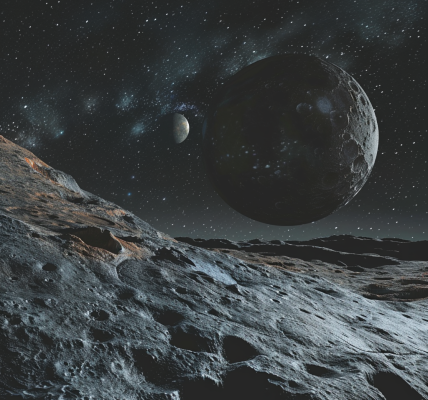Surprising Insights About Debris Flows on Mars
March 14, 2024
By Editors’ Notes
New research from planetary researcher Lonneke Roelofs at Utrecht University has revealed surprising insights about the formation of gully landscapes on Mars. The study, published in the journal Communications Earth and Environment, suggests that the period of liquid water presence on the Martian surface may have been shorter than previously believed.
According to Roelofs, the action of evaporating CO2 ice can also contribute to the formation of channel landforms called gullies on Mars. This finding challenges the previous notion that gullies were formed exclusively by liquid water and has significant implications for our understanding of water on Mars and the search for potential life on the planet.
The Martian atmosphere, comprising 95% CO2, experiences extremely low temperatures in winter, causing CO2 gas to freeze and form ice. As temperatures rise in spring, the thin atmosphere leads to the direct evaporation of CO2 ice back to gas, a process known as sublimation. This rapid transition creates gas pressure that can cause sediment grains to flow, reshaping the Martian landscape in a manner similar to debris flows in mountainous areas on Earth.
Roelofs explains that the research results suggest a reduced likelihood of life having existed on Mars, as the formation of gullies by CO2 ice indicates a smaller role for liquid water than previously thought. The study’s findings are based on experiments conducted in a specialized ‘Mars chamber’ that simulated the process under Martian conditions, providing direct observational evidence of debris flows driven by CO2 ice.
These experiments demonstrated that debris flows driven by CO2 ice under Martian conditions flow as efficiently as those driven by water on Earth, challenging previous hypotheses that were primarily based on models or satellite studies.






